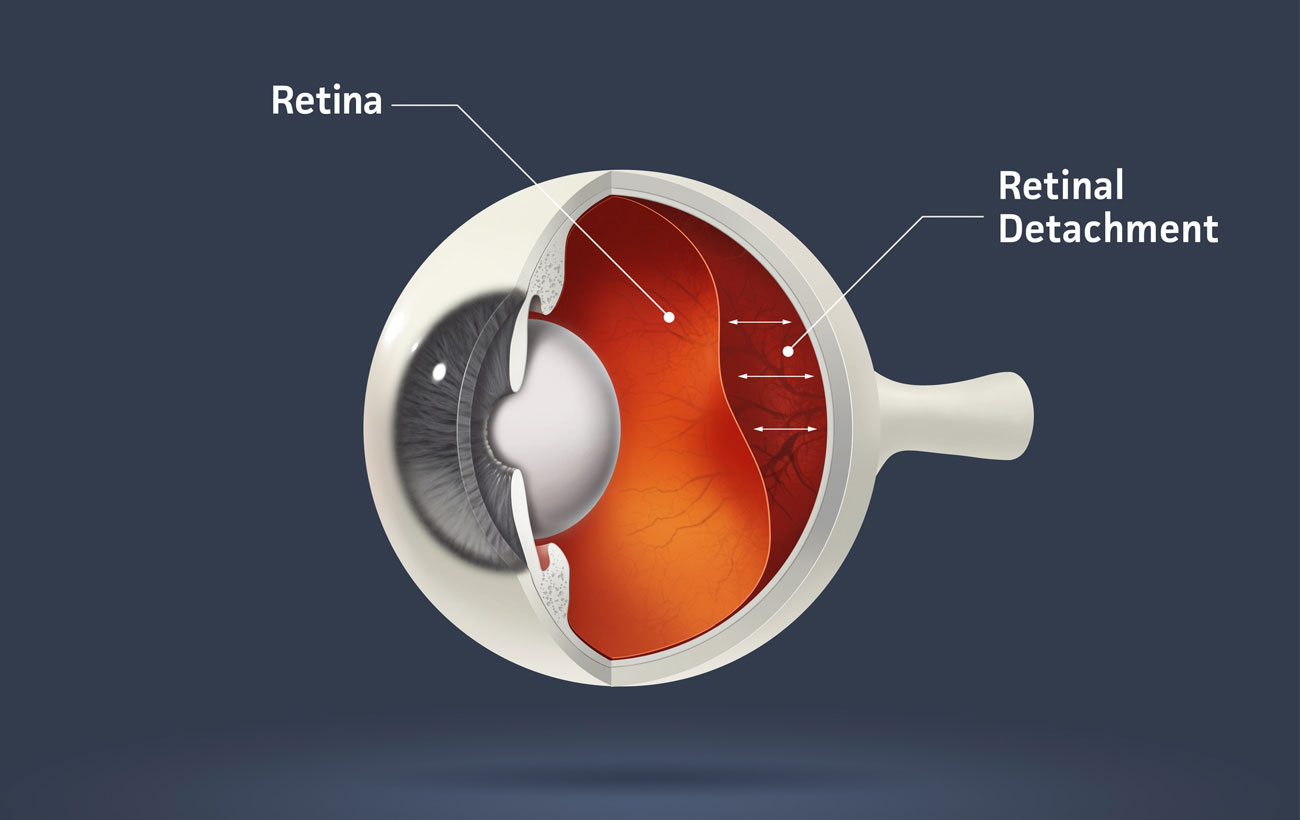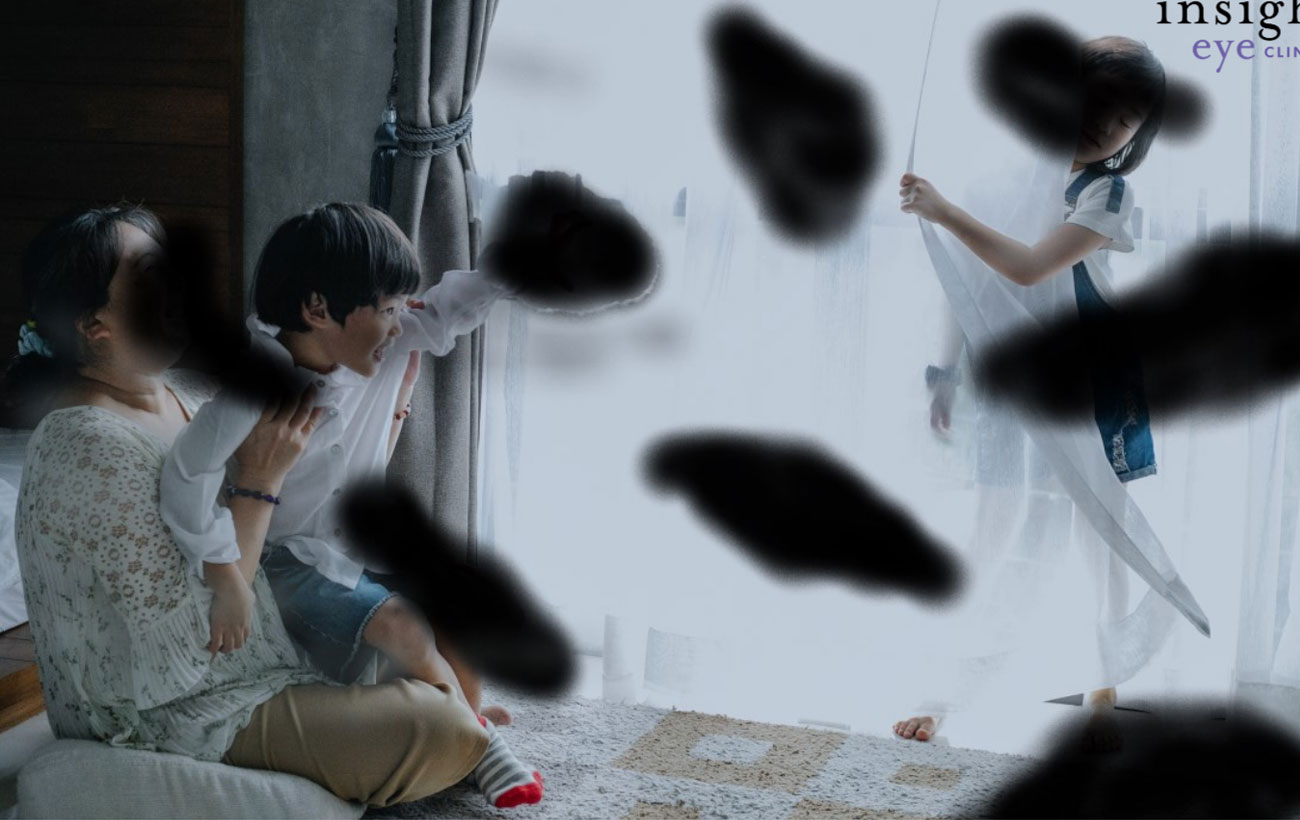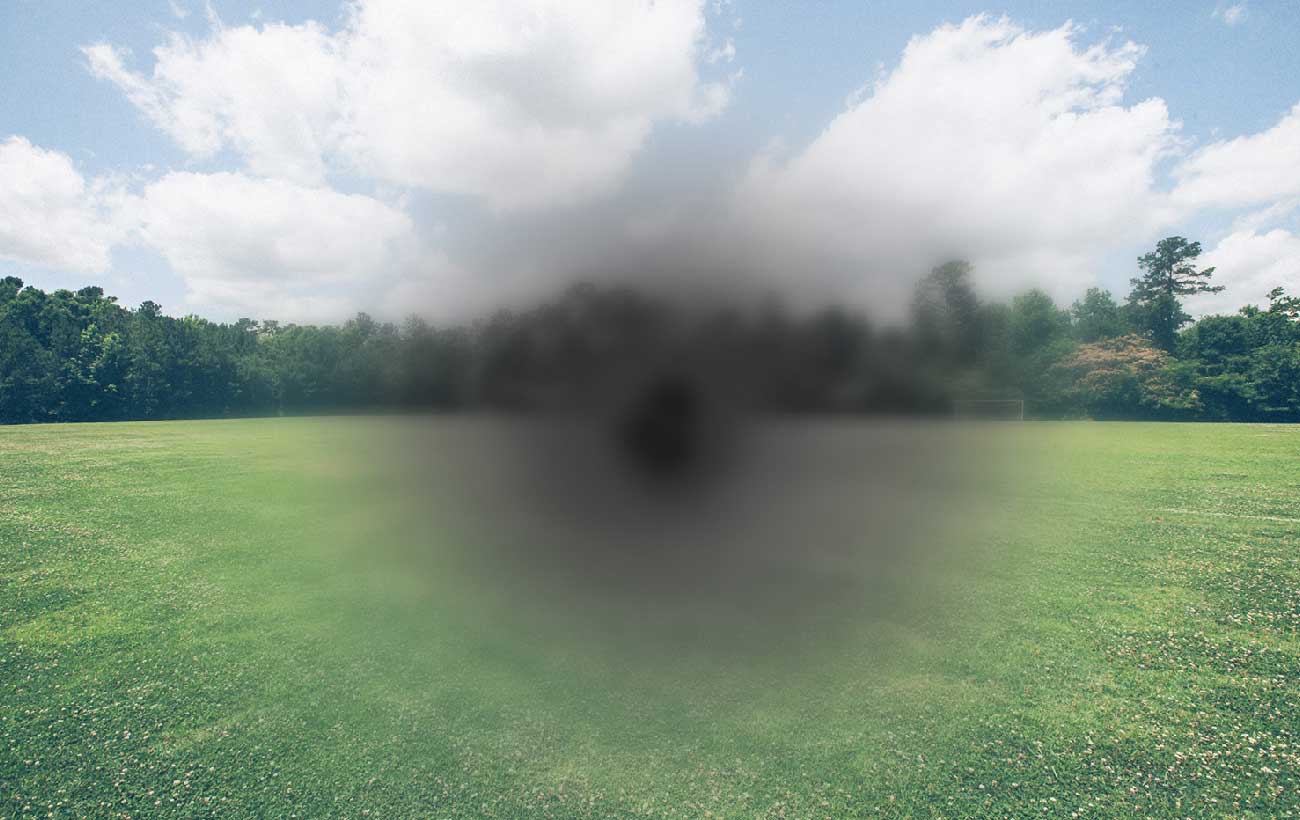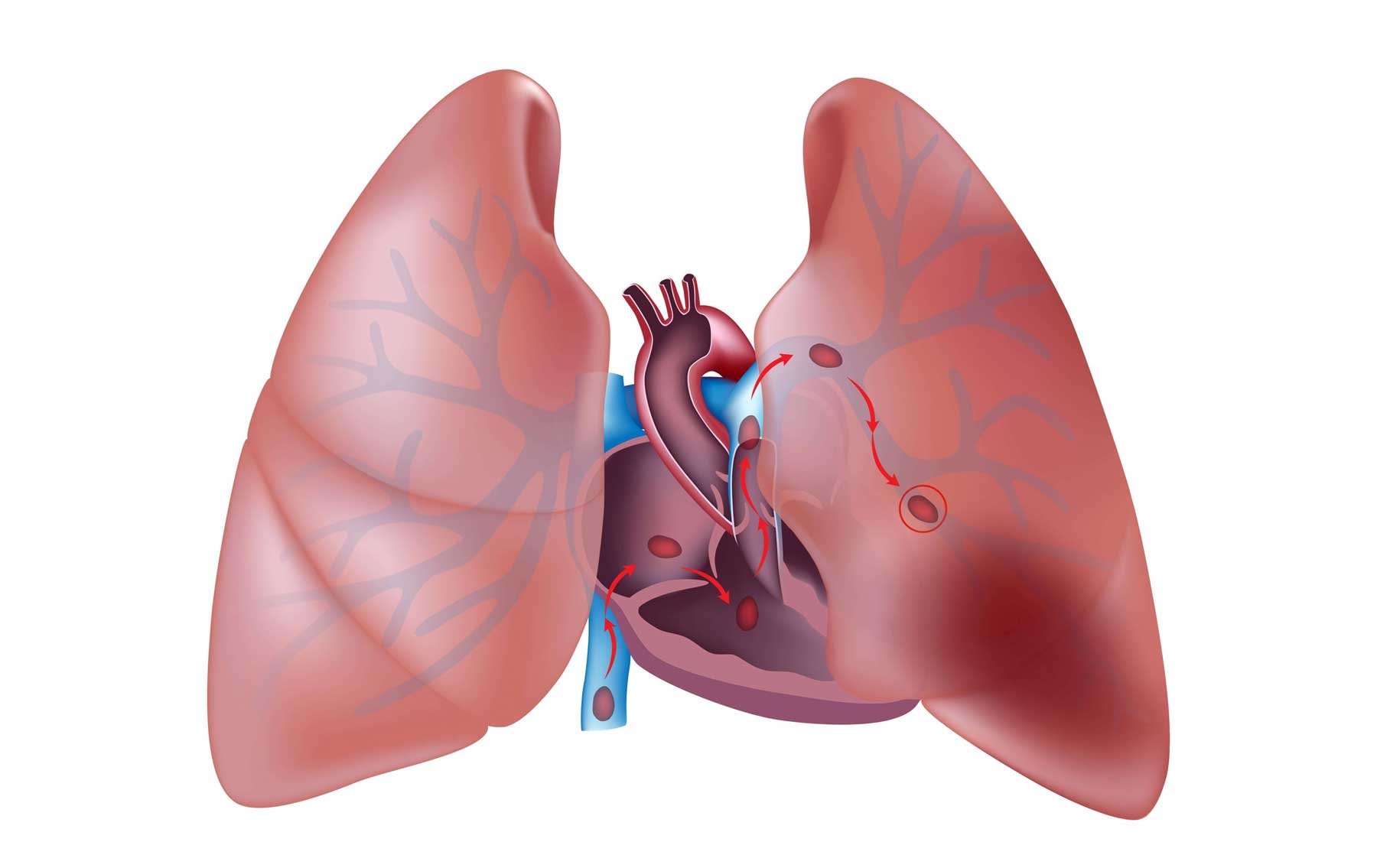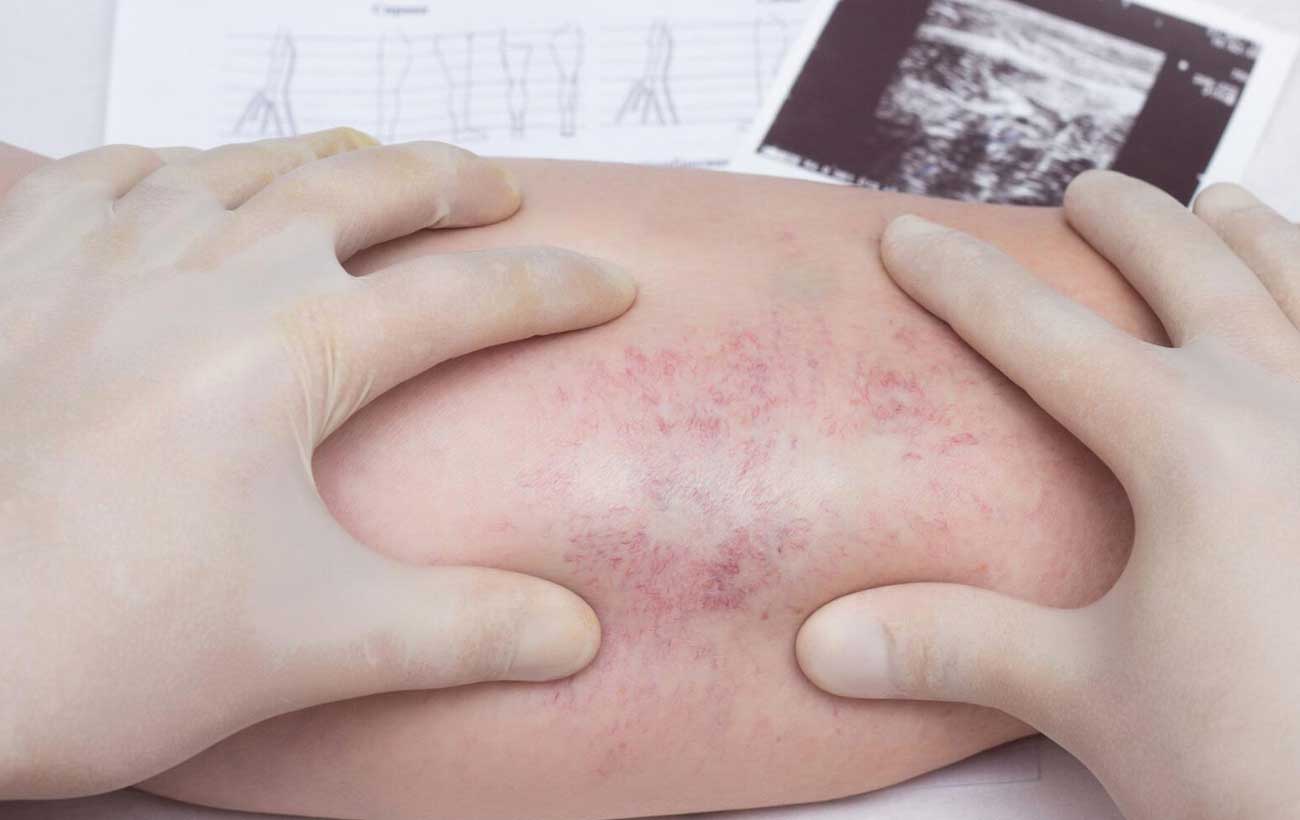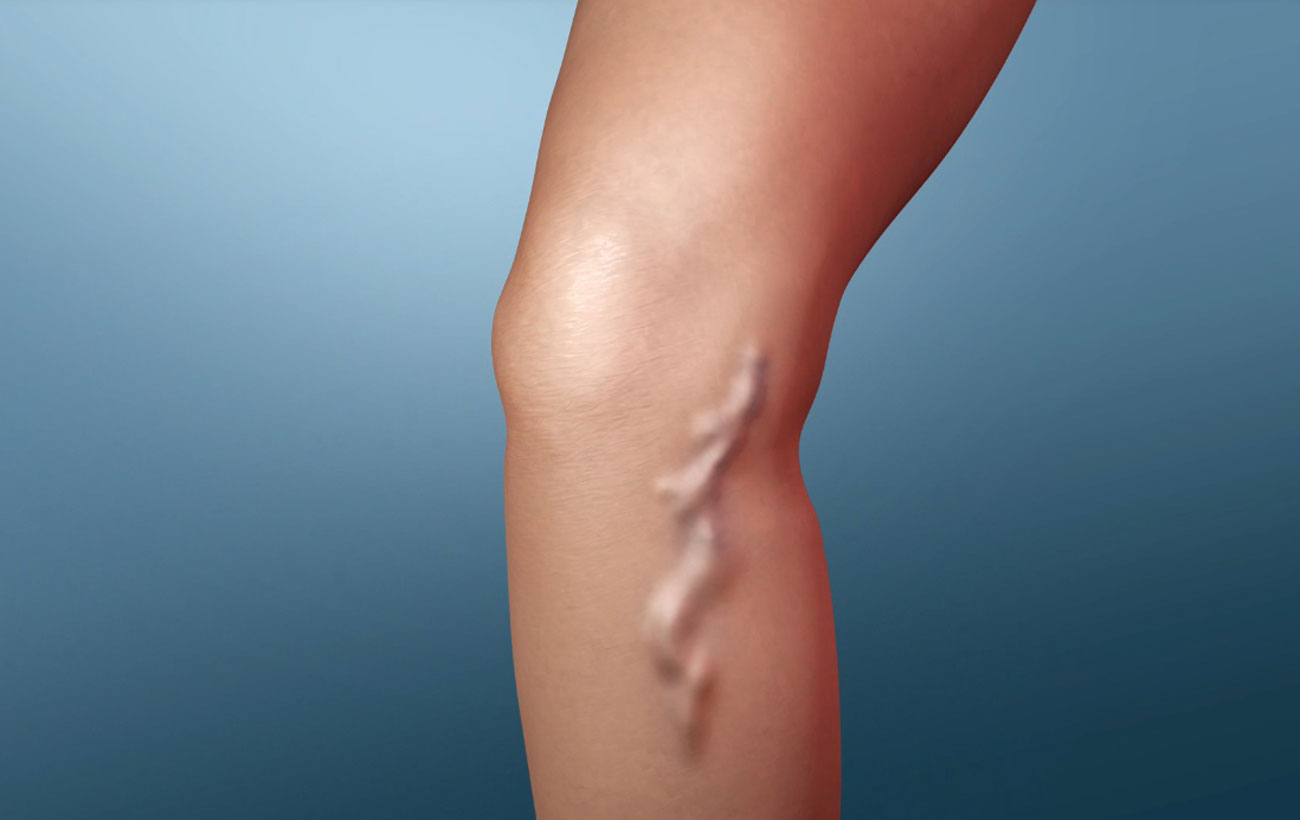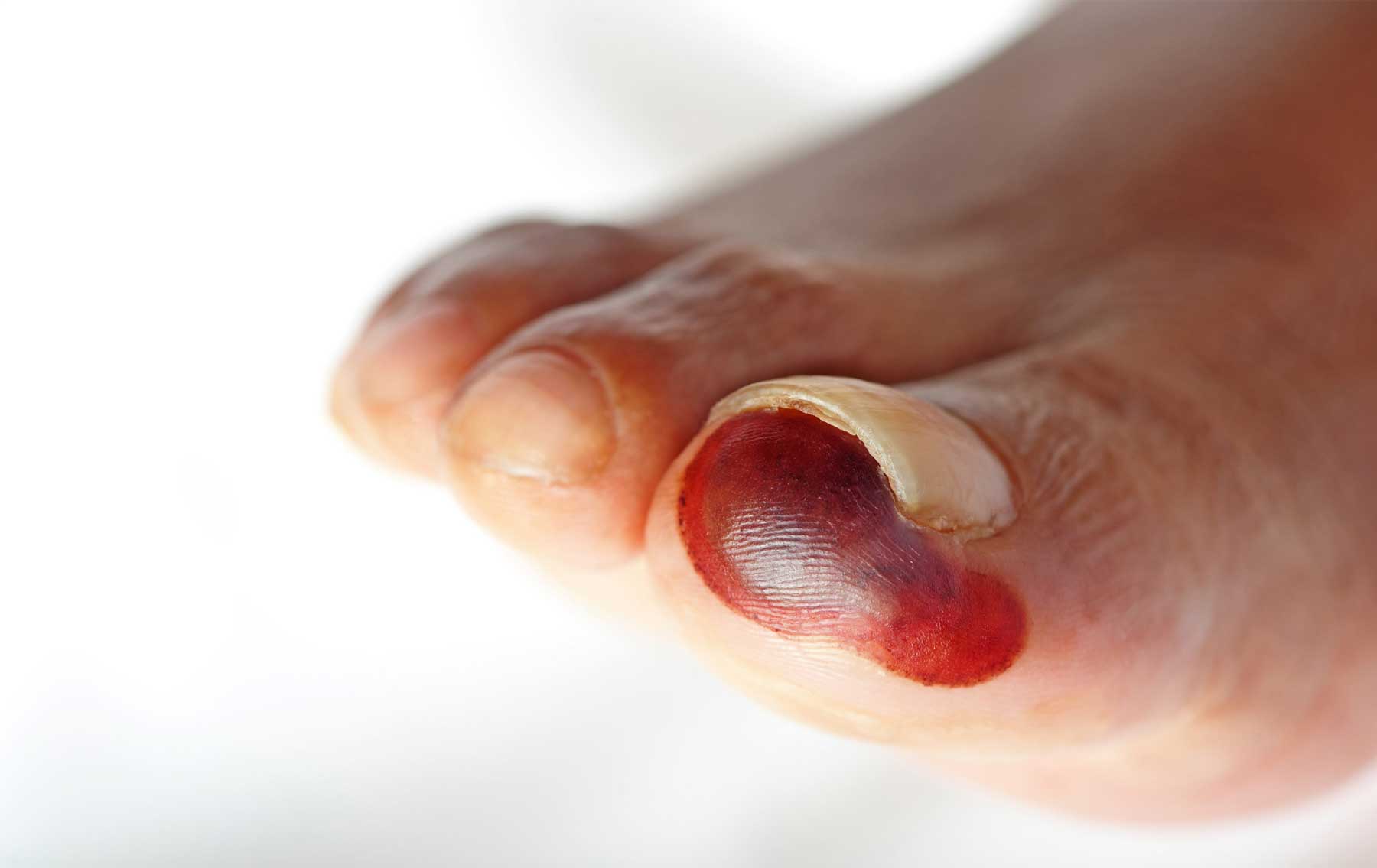Retinal Detachment
Retinal detachment occurs when the retina—the light-sensitive membrane that lines the inside of the back of the eye—lifts away from the choroid, the layer of blood vessels beneath the retina that supplies the eye with oxygen and nutrients. In most…

